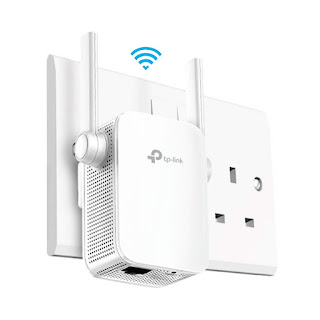How to Set Up a TP Link Router
A router is a box which enables multiple computers, smartphones, etc on to connect the same network. From there, the router is typically connected to a modem to be able to offer an online link to any device that's on the router. This guide intends to help you get through the first-time installation process to your router.
From the box You Might Have any of these:
- The router's power supply or charger.
- Device manual.
- Driver disk (for some versions)
- USB cable (for some models)
Connect Power
- Find the power cable and then connect it to a power source like an outlet or surge protector.
- Plug the other end of the power cable into your router's ability input signal, which is generally situated in the rear.
- Your router should power on.
Connect to Modem by Cable/Wire
Your router has to be connected to a modem to be able to give the local network with an online connection.
- Get an Ethernet cable.
- Take one end of the cable and then plug it in the Web (or WAN) port on the rear of your router. The port might be blue or grey.
- Take one end of this cable and then plug it into an available Ethernet (or LAN) port on the back of your modem. These ports are typically yellow.
- Normally that is all that's required to connect your router to a wired connection.
- Working with a computer that is joined to the TP Link router, then start an internet browser (like Safari, Google Chrome or Internet Explorer).
- At the peak of the browser is the address bar, type in http://tplinkwifi.net.
- When the address doesn't operate, check the bottom of the router to confirm the default accessibility address.
The default credentials are usually:
- Username: admin
- Password: admin
Select Password
Wherever possible, you must choose a password that is impossible to guess and is resistant to brute-force attacks.
Change SSID and Password
- After logging-in the router's user interface:
- Click on Wireless 2.4 subsequently Wireless Settings.
- Verify or change the Network Title .
- Next, click on Wireless Security and form your new password. Scroll down and click on Save.
- Version, select WPA2-PSK
- Once complete, click Conserve .
- Your wireless security preferences have been updated and your apparatus may connect with it.
- Any moment you alter your wireless security settings you'll need to reconnect your wireless apparatus.
- If your router is dual-band, meaning it has a 2.4 and a 5 GHz system you might want to repeat the actions listed above for every network since each network might be controlled individually. You have to use different network titles for each band.
- If your router has a guest network you will need to repeat the actions listed above to your guest network since it's controlled separately.
Keeping Your Password Secure
Some measures should be taken as a way to keep your password secure.
Best practices:
- Don't use a master password which you use everywhere (like email, work, school, residence, community)
- If you can, don't share your password with anyone.
- Passwords that are shared with all other people, such as for a house network, must only be shared if needed.
- Take note when assessing your password public, or that in no way anyone is seeing.
- Some types of electronics like computers and smartphones can recall passwords, so beware of apparatus that aren't yours.
- Create a schedule of when to change your password. By way of instance, every 180 days.
- It is not suggested to write passwords down. But in case you have to, make certain it's neither physically nor visually available by others.



Comments
Post a Comment